
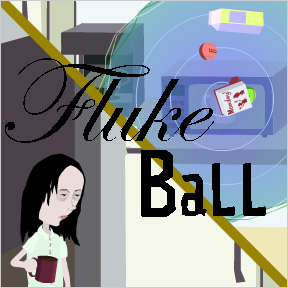 If your soul-crushing day job is making you lose your will to live—or at least your willingness to let your co-workers live—why not blow off a little steam by staging a few rounds of friendly competitive Fluke Ball? Why not? Huh? Huh? C'mon, what's stopping you? Huh? What? You say you don't know how to play Fluke Ball? That's no excuse, crazy muffin head, all you need is a few simple ingredients.
If your soul-crushing day job is making you lose your will to live—or at least your willingness to let your co-workers live—why not blow off a little steam by staging a few rounds of friendly competitive Fluke Ball? Why not? Huh? Huh? C'mon, what's stopping you? Huh? What? You say you don't know how to play Fluke Ball? That's no excuse, crazy muffin head, all you need is a few simple ingredients.
- An empty break room.
- Your co-workers.
- A microwave-based reverse-flux magnetic anomaly.
- Office supplies.
If you can't get a hold of one or more of the above (office supplies are expensive!), then may I suggest this free online computer simulation of the sport, courtesy of Andrew Paradise and Georg Pederson? It's fun, it's accurate, and it won't bring an end to civilization as we know it.*
The goal of Fluke Ball is to throw objects into the mysterious waves of force surrounding the office microwave, and knock out your opponent's objects when necessary. It's essentially shuffleboard, but sideways and with gravity. After you've each thrown five objects, the ones remaining in the anomaly will be scored based on how close they are to the center, and whoever scores higher wins a point. Best two out of three points wins the match.
First, select what type of game you'd like to play. "Tournament" is the one-player challenge mode, where you may unlock secret modes and characters. "Versus" gets you into a quick game with a number of options, including two-player matches. Choose your character from a starting line-up of corporate pawns who will immediately remind you of your own cubicle-mates, in spirit if not in morphology.
Once you're in the game, throwing stuff is a three-step process. Click on one of the pieces of office equipment sitting nearby on the table. Then position your throwing arc. This part can be confusing, because you're moving a giant weird shape around. Basically, wherever you click now is the point at which your character is directly aiming, and the shape describes the path the object will take through the air. Finally, fine-tune the object's flight path by moving the mouse up and down, and click again.
It sounds complicated, and it is at first, but it feels instinctive after some experimentation. The various characters have different approaches to the game, so experiment to find which one feels natural. Louie, for example, tries to recapture his childhood hoop dreams with an overhead jump shot, while the caffeine-distracted Fermina uses more of a lackadaisical pitch. The objects all have their own mass, which is part of the strategy. If you're trying to knock out a whole clump of your opponent's score-pieces, something heavy like a stapler is handy, but attempts at the bulls-eye might require the finesse of a rubber earth ball.
Analysis: Fluke Ball already gets 10,000 Psychotronic Points for sheer uniqueness, but the care and detail that Andrew Paradise has implemented sends the game into some kind of upper stratosphere of miracle quirk. Though they remain unseen, the break room has ceiling, walls, and floor, which you can take advantage of with the bouncier objects. The microwave anomaly operates a little bit like a floating blob of goo, but with strange magnetic properties. High-speed collisions, especially between metal objects, will sometimes provoke violent reactions and electrical discharges. Most characters have both a soft lob and a more powerful fastball in their throwing arsenals. It all contributes to a sense of depth and re-playability, which is further bolstered by a healthy dose of unlockable characters and game modes.
Enthralling as it can be, Fluke Ball does lack a certain presentational spark in spots. Sound effects are minimal, and music is non-existent. Georg Pederson's wonderful character portraits and animation could use voice effects as accompaniment, even if they were just grunts and sighs of disappointment. And some sort of tutorial would help players climb the steep learning curve. This quietly awesome game deserves to be an ostentatiously awesome game.
But at least it looks great, all decked out in expressive lines and sly humor. And once you break through a layer of initial confusion, you'll have an whole miniature world of strange physics to explore.
If you can't relate to the office environment, perhaps you'll appreciate the implications of the game's concept. Here these bored, unchallenged employees are finally facing a phenomenon unlike anything they've ever encountered, and they turn it into a pointless competition in a futile attempt to establish a microcosmic pecking order. The essence of human nature in a flash game. That's art, baby.
Play Fluke Ball
* Warning: Fluke Ball may bring an end to civilization as we know it.
![]()
 Mr. MothBall, an entry into our last competition (CGDC4), comes from the talented Polish designer Mateusz Skutnik, well known for his immensely popular Submachine series, one of which featured in CGDC1. More recently, Mateusz has introduced another popular graphical point-and-click series, Covert Front, which has been causing quite a stir on this site and in the wider gaming community.
Mr. MothBall, an entry into our last competition (CGDC4), comes from the talented Polish designer Mateusz Skutnik, well known for his immensely popular Submachine series, one of which featured in CGDC1. More recently, Mateusz has introduced another popular graphical point-and-click series, Covert Front, which has been causing quite a stir on this site and in the wider gaming community.





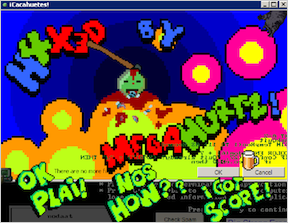
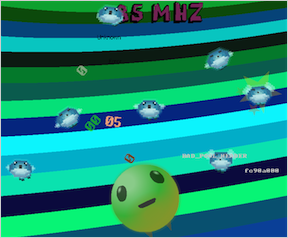 I may have gotten one or two details wrong there, but it doesn't really matter. All you need to do is catch the flying Megahurtz (again, they're the blue fly-like creatures) with your mouse, drag them over Minibyte (he's the crazy screaming green thing), and release. And then watch the carnage. You win by increasing your MHZ count to the goal set for each level, and you lose by letting it drop to zero, which it will do over time if you don't feed Minibyte fast enough. There are three levels proper, plus a rather substantial postscript that somehow involves armageddon and a dancing budgie.
I may have gotten one or two details wrong there, but it doesn't really matter. All you need to do is catch the flying Megahurtz (again, they're the blue fly-like creatures) with your mouse, drag them over Minibyte (he's the crazy screaming green thing), and release. And then watch the carnage. You win by increasing your MHZ count to the goal set for each level, and you lose by letting it drop to zero, which it will do over time if you don't feed Minibyte fast enough. There are three levels proper, plus a rather substantial postscript that somehow involves armageddon and a dancing budgie.
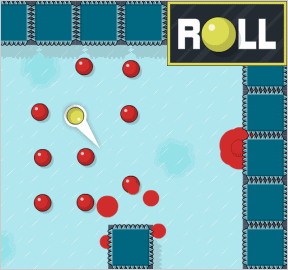
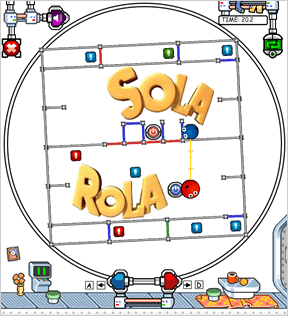



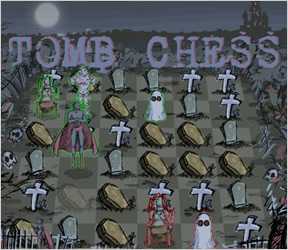


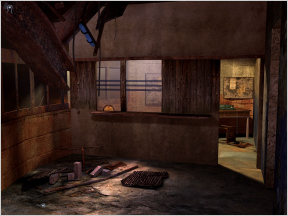





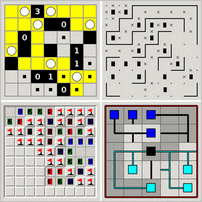
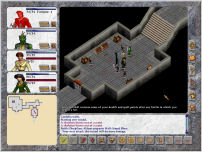

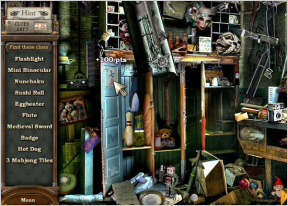
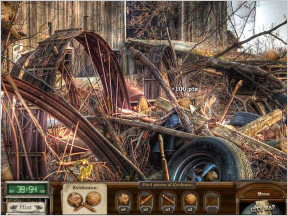

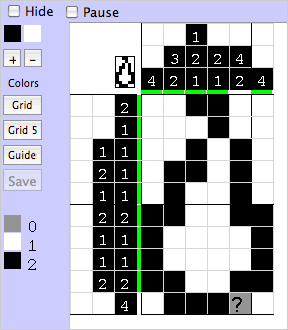
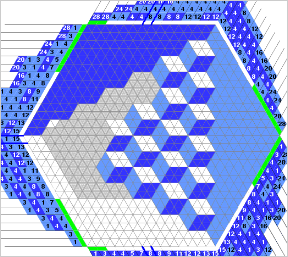
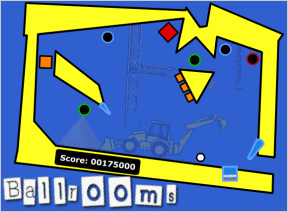
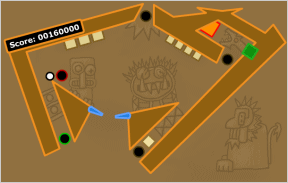

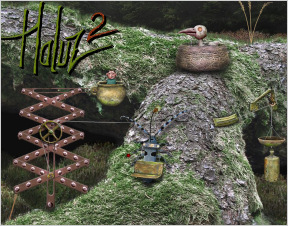
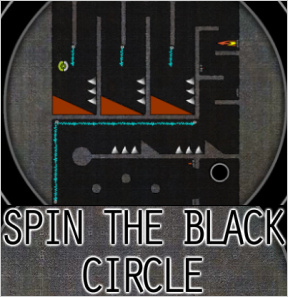

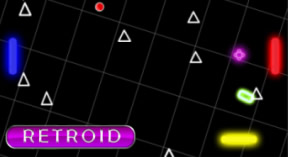




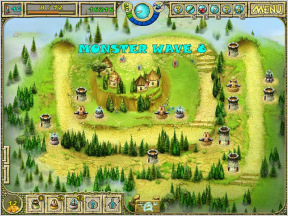


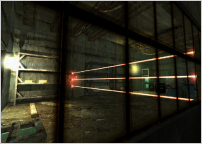

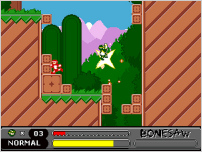



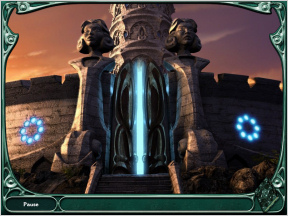


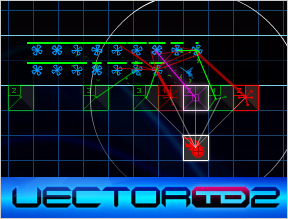

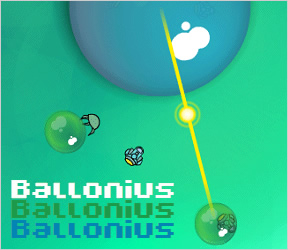

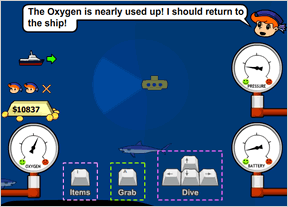
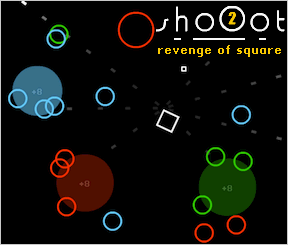
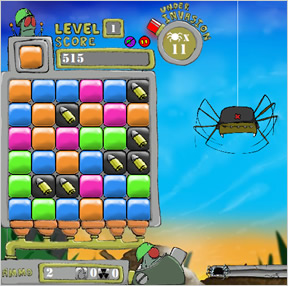

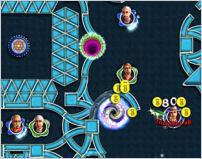


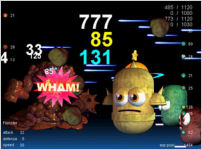








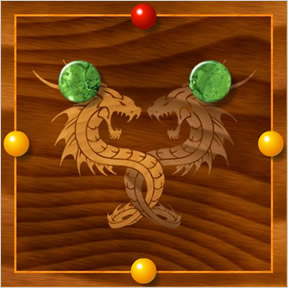

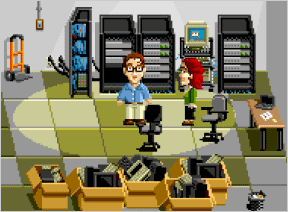
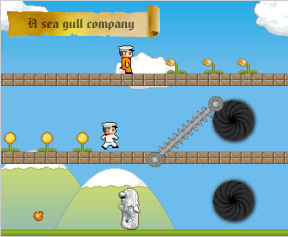

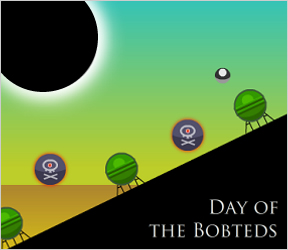
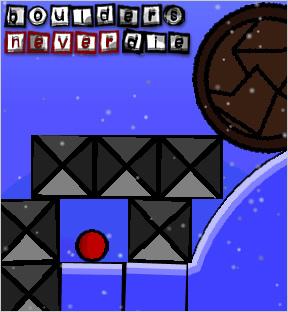

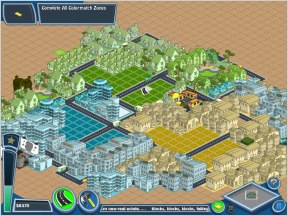
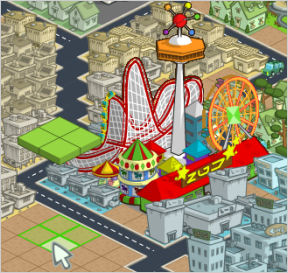

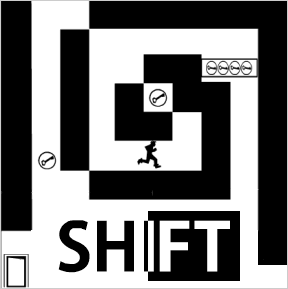

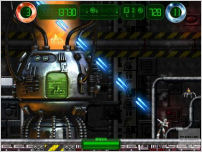
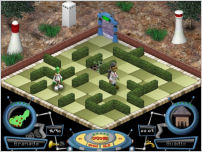
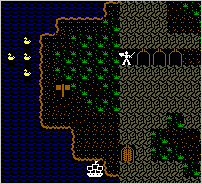


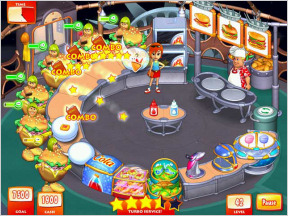





Recent Comments